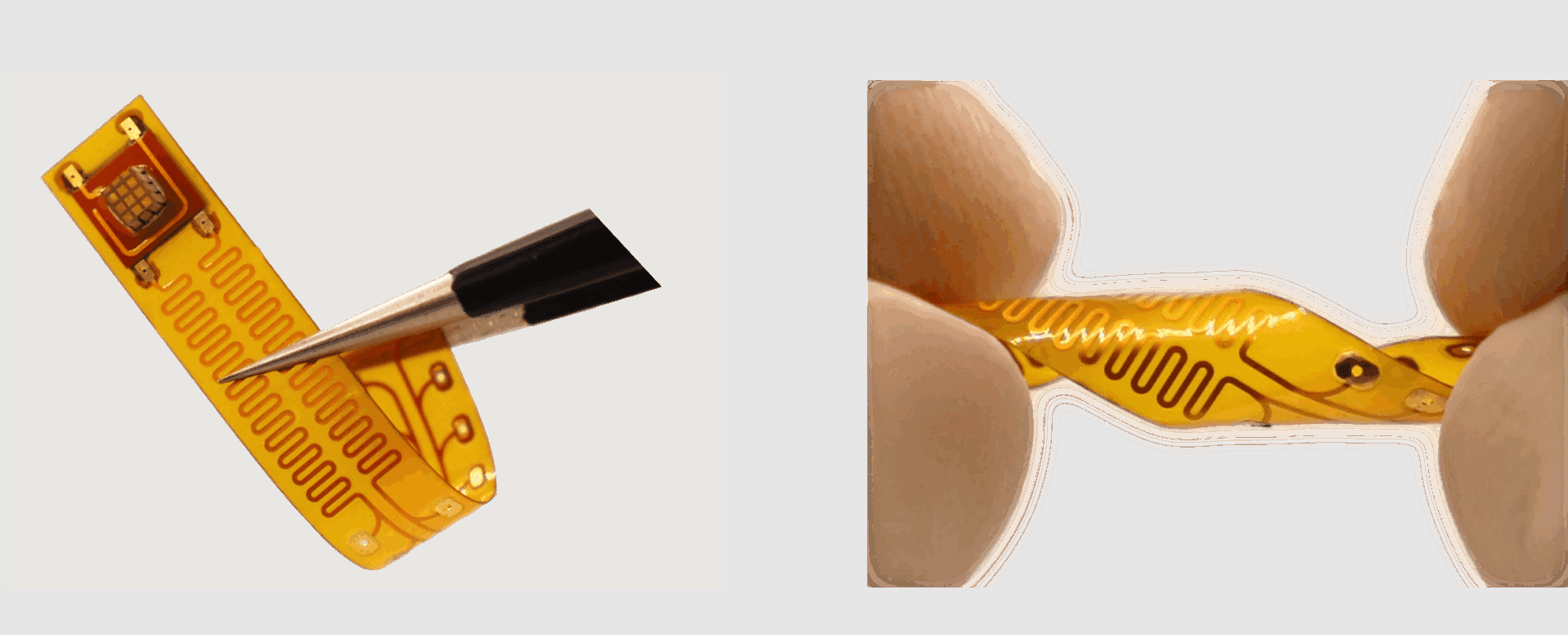Chronic pain is a crippling illness that significantly lowers quality of life and frequently results in a dependence on opioid drugs, which have serious adverse effects and can cause addiction. The U.S. Pain Foundation estimates that 51.6 million Americans suffer from chronic pain. Over 17 million people experience high-impact chronic pain, which frequently limits their ability to do daily tasks or work-related activities.
An option is provided by modern implantable electrical stimulators, which work by stimulating the spinal cord to prevent pain signals from getting to the brain. However, these devices have limitations, such as the necessity for frequent battery replacements, invasive surgery, and high expense. Now, scientists from the Jun Chen Group at UCLA and the Zhou Lab in the Alfred E. Mann Department of Biomedical Engineering at USC Viterbi have created a ground-breaking remedy.
Read More: US FDA Approves Ctexli, First Treatment for Cerebrotendinous Xanthomatosis of Mirum Pharma
This innovative tool, described in Nature Electronics, is a major advancement in pain management. The novel device is powered by a wearable ultrasound transmitter and can bend and twist with movement, unlike existing spinal cord stimulators that are hard-wired to batteries and can be cumbersome. Additionally, it uses machine learning algorithms to tailor each patient’s care. Qifa Zhou, an ophthalmology professor at USC’s Keck School of Medicine and Zohrab A. Kaprielian Fellow in Engineering, spearheaded the effort.
Its wireless power supply, which does away with heavy batteries and complicated wiring interfaces that frequently necessitate recurrent surgeries, is the core of this innovation. Energy for the UIWI stimulator is obtained from a wearable, external ultrasonic transmitter (WUT). A secure and efficient non-invasive technique for penetrating deep tissue is ultrasound. The device uses a process known as the piezoelectric effect to transform mechanical vibrations into electrical impulses. A miniature piezoelectric element composed of lead zirconate titanate (PZT), a material that is extremely effective at transforming incoming ultrasonic energy into the electrical power required for stimulation, is the basis of the UIWI stimulator.
Device Working Strategy
- Pain detection: The electroencephalogram (EEG) signals, which represent a patient’s level of pain, are continuously monitored by the system.
- Using AI to gauge the degree of pain: After analyzing these brain signals, a complex machine learning algorithm based on a neural network called ResNet-18 divides pain into three categories: mild, moderate, and severe. The overall accuracy of this AI model in differentiating between various pain levels is 94.8%.
- Modifying therapy as necessary: The wearable ultrasound transmitter automatically modifies the acoustic energy it delivers after determining the patient’s level of pain. The spinal cord can then be stimulated by the UIWI stimulator, which can detect the energy that has been conveyed and transform it into electrical intensity. This results in a closed-loop system that offers individualized, real-time pain treatment.
Last Modified:
Graduated from the University of Kerala with B.Sc. Botany and Biotechnology. Attained Post-Graduation in Biotechnology from the Kerala University of Fisheries and Ocean Science (KUFOS) with the third rank. Conducted various seminars and attended major Science conferences. Done 6 months of internship in ICMR – National Institute of Nutrition, Hyderabad. 5 years of tutoring experience.






